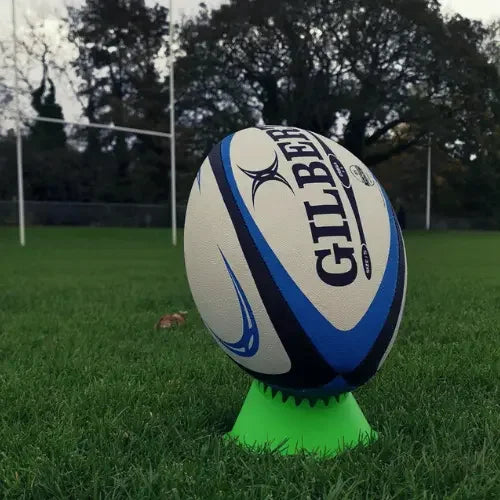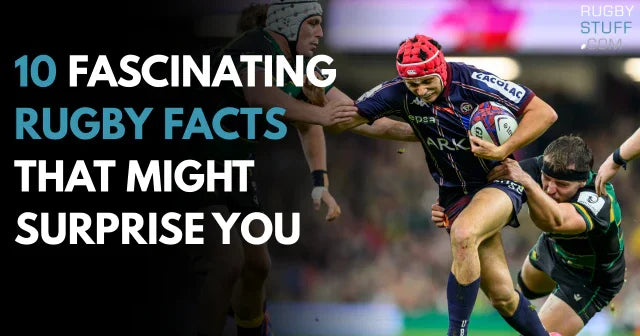Shoulder Injuries in Rugby - Part 1
Guest blogger - Physio Steve Wrigley - is back with another insightful blog into the often injured area of the shoulder. Over to Steve...
A common injury in rugby is damage to the acromio-clavicular joint (AC joint). It is a small joint on top of the shoulder and is usually injured by a fall on to the shoulder, a tackle (hand off) or landing on an out stretched arm.
Depending on the degree of injury there may be a visible step seen (see below). The size of the step created by the injury can suggested the degree of injury sustained.

The injury can be graded according to the amount of injury suffered. The degree of injury is dependant on the damage to the ligaments which normally hold it in place.
Grade 1-3 non operative treated (grade 3 may require surgery if conservative treatment fails.)
Grade 4-6 tend to require surgery.

An x-ray is the most common form of investigation to diagnose the grade of tear and is usually performed in the acute stage of injury.
Post injury you will experience pain and limited movement in the shoulder girdle and shoulder joint. Shoulder shrugs and arm movements above shoulder height may be limited.
You may have problems sleeping on the injured side and functionally may find it difficult to lift, push and pull using the injured side.
Conservative management
Early Phase You may require a short period of rest to allow the initial injury to start to repair itself.
Initial rehab should be aimed at restoring full shoulder girdle and shoulder joint range of movement and should involve stretches and mobility exercises plus specialist Physiotherapy manual skills.
Mid phase rehab Continue with mobility exercises/treatment as required plus you should now start loading the injured shoulder.
This should include loading the joint with compression forces e.g plank type exercises/press ups and graduated strength training using weights e.g Military press and olympic lifts.
The shoulder never works in isolation so combining shoulder exercises with movements such as squat or trunk rotation improves muscle recruitment and movement patterns.

Always ensure your lifting techniques are not compromised by your injury. You should have started running but not taking contact.
End phase rehab During this phase of rehabilitation it is expected you now have full shoulder girdle and shoulder joint range of movement.
Continue with your strengthening programme plus start dynamic exercises related to your position (link in with your rugby coach).
Develop your running fitness (related to your position) and start to take contact (strapping the AC joint and/or wearing shoulder pads can be useful).
This is not a career ending injury, once you have gained range of movement, strength (using Limb symmetry index measures- see previous blog on returning to play), be able to demonstrate the ability to take contact and land on the injured shoulder, you may consider returning to play.











